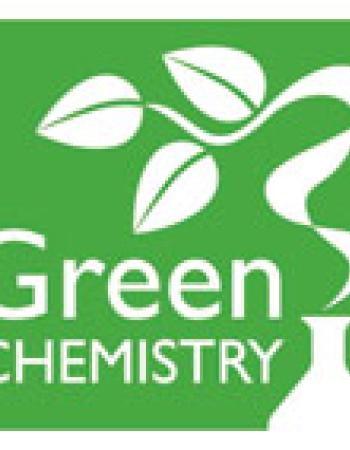Charge Transfer Copper Chelating Complex and Biogenically Synthesized Copper Oxide Nanoparticles Using Salvia officinalis Laves Extract in Comparative Spectrofluorimetric Estimation of Anticancer Dabrafenib
Abstract
Cancer is a broad category of disease that can affect virtually any organ or tissue in the body when abnormal cells grow
uncontrollably, invade surrounding tissue, and/or spread to other organs. Dabrafenib is indicated for the treatment of adult
patients with advanced non-small cell lung cancer. In the present study, two newly developed spectrofluorimetric probes
for the detection of the anticancer drug Dabrafenib (DRF) in its authentic and pharmaceutical products using an ecologically
synthesized copper oxide nanoparticle (CuONPs) from Salvia officinalis leaf extract and a copper chelate complex
are presented. The first system is based on the influence of the particular optical properties of CuONPs on the enhancement
of fluorescence detection. The second system, on the other hand, acts through the formation of a copper charge transfer
complex. Various spectroscopic and microscopic studies were performed to confirm the environmentally synthesized
CuONPs. The fluorescence detections in the two systems were measured at λex 350 and λem of 432 nm. The results showed
the linear concentration ranges for the DRF-CuONPs-SDS and DRF-Cu-SDS complexes were determined to be 1.0-500
ng mL− 1 and 1.0-200 ng mL− 1, respectively. FI = 1.8088x + 21.418 (r = 0.9997) and FI = 2.7536x + 163.37 (r = 0.9989)
were the regression equations. The lower detection and quantification limits for the aforementioned fluorescent systems
were determined to be 0.4 and 0.8 ng mL− 1 and 1.0 ng mL− 1, respectively. The results also showed that intra-day DRF
assays using DRF-CuONPs-SDS and DRF-Cu(NO3)2-SDS systems yielded 0.17% and 0.54%, respectively. However, the
inter-day assay results for the above systems were 0.27% and 0.65%, respectively. The aforementioned two systems were
effectively used in the study of DRF with excellent percent recoveries of 99.66 ± 0.42% and 99.42 ± 0.56%, respectively.
Excipients such as magnesium stearate, titanium dioxide, red iron oxide, and silicon dioxide used in pharmaceutical
formulations, as well as various common cations, amino acids, and sugars, had no effect on the detection of compound.

Abstract
Cancer is a broad category of disease that can affect virtually any organ or tissue in the body when abnormal cells grow
uncontrollably, invade surrounding tissue, and/or spread…

3-(Adamantan-1-yl)-4-(4-fluorophenyl)-1-f[4-(2-methyoxyphenyl)piprazin-
1yl]-methylg-4,5-dihydro-1H-1,2,4-triazole-5-thione (AFT) was synthesized
and spectroscopic investigations have been…

Nowadays, reverse osmosis is the most widely utilized strategy in membrane technology due to its continuous improvement. Recent studies have highlighted the importance of the surface…

